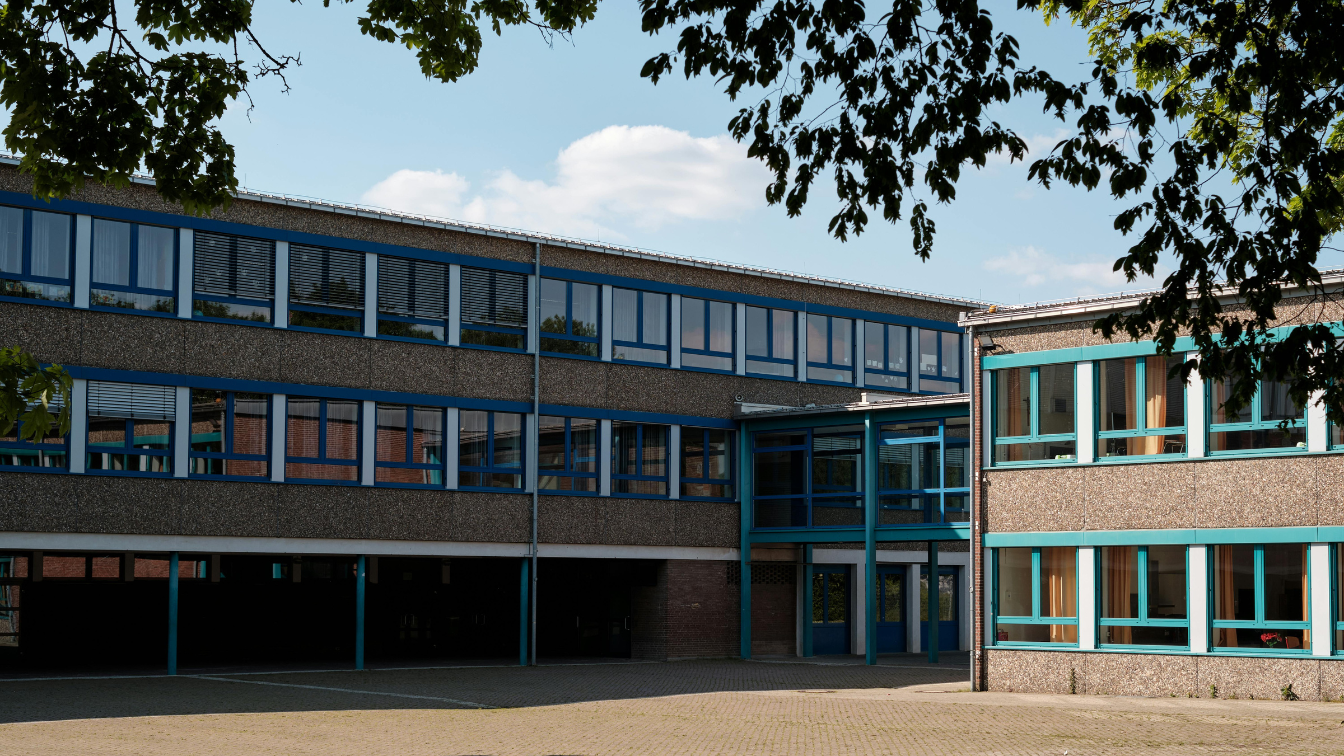
Beat the heat: Keeping classrooms cool on a hot day
When temperatures soar, schools can start to get very uncomfortable for staff and students. This isn’t only unpleasant, but it can also disrupt learning and impact wellbeing.
But cranking up the air conditioning isn’t the only answer, and often isn’t an option in UK schools anyway.
Here are some practical, low-carbon strategies to help your classrooms beat the heat.
1. Block the Sun, Not the Light

- Close blinds and curtains early in the day (or the evening before), ideally before direct sunlight hits the windows.
- Older windows can have thermal reduction window film added to reduce heat gain while still allowing in natural daylight.
- Use thermostats or other devices indoors, out of direct sun, to display temperature.
2. Ventilate Strategically

- Open windows and door in the early morning and late evening to ventilate, when outdoor temperatures are cooler; this will help reset indoor temperature.
- Close windows during the hottest part of the day to prevent hot air from coming in. Where possible, use fans at these times for comfort.
- Where possible, open windows on opposite sides of the room to create cross-ventilation.
- Place a bowl of ice in front of a fan (ensuring its safe for your classroom and students) for an improvised evaporative cooling effect.
3. Turn Off Unnecessary Heat-Generating Equipment

- Switch off unused lights, projectors, and computers, and other appliances, which generate extra heat.
- Encourage staff and students to switch off devices when not in use, both to reduce heat and save energy.
4. Cool People, Not Rooms

- Can the school encourage more relaxed dress codes on hot days, promoting light and breathable fabrics?
- Encourage frequent water breaks and keep water bottles refilled.
- Use cool packs or damp cloths at wrists and necks for instant relief.
- During very hot spells, early morning or later afternoon sessions under trees or canopies can be cooler than indoor rooms.
5. Longer-Term Plans: Green and Shady

- Plant trees or climbers near south-facing walls to naturally shade buildings.
- Consider long-term upgrades like better insulation, exterior shades or shutters, or solar PV panels to power ventilation and other solutions.
Keeping classrooms cool doesn’t have to come at the cost of your school’s sustainability goals. These actions can manage indoor temperatures during hot weather and reduce your carbon footprint.
Every school is different, so try a combination of approaches, and don’t forget to involve students, as this can be a great opportunity to link comfort with climate education.
Contact ACES for more advice on managing summer heat, and apply for a free energy assessment today.

